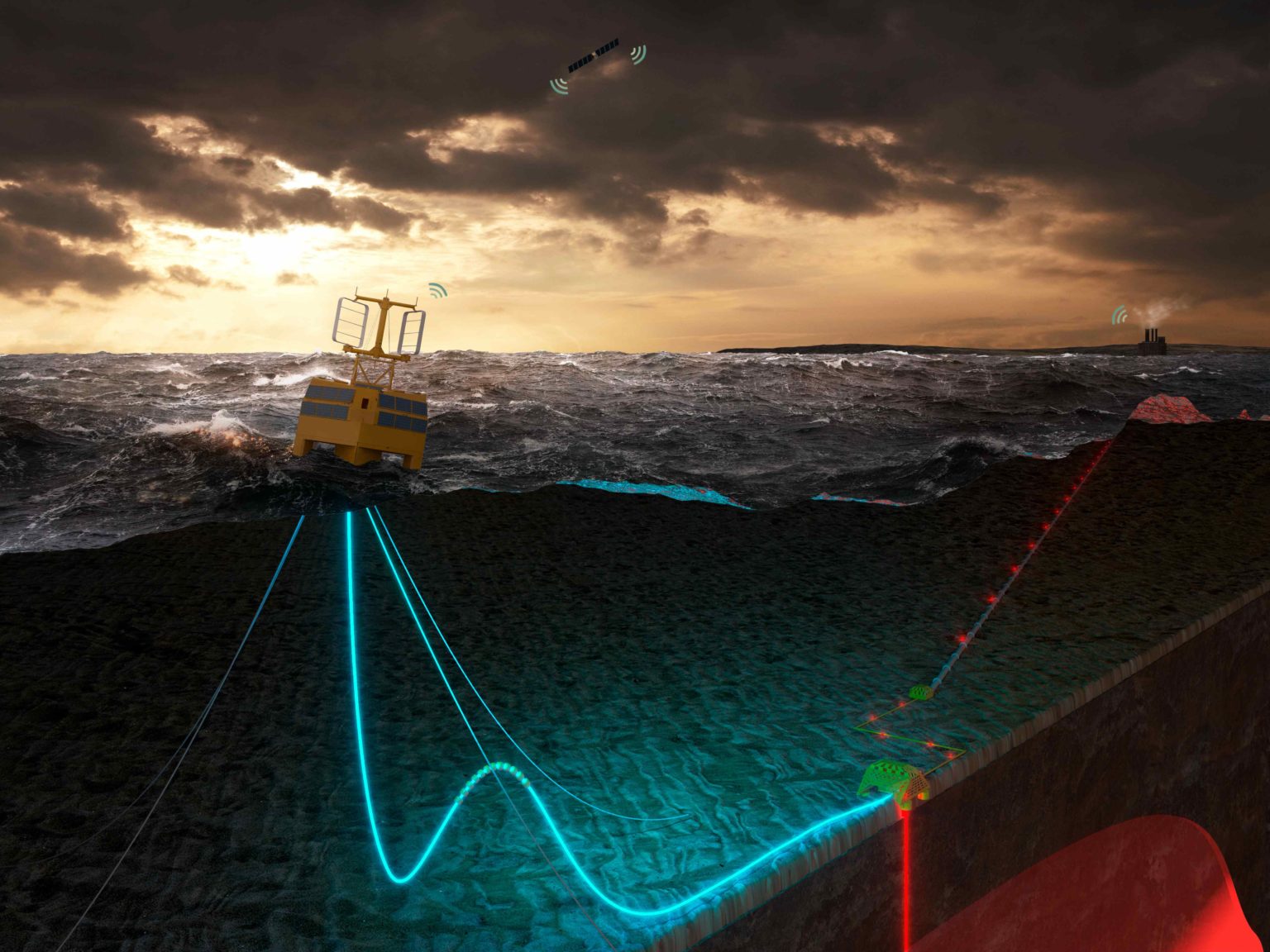Offshore carbon capture and storage projects are gaining momentum around the world as one of the relevant responses to climate change. For many decades, researchers, companies, associations, and public authorities have been working towards viable solutions to economically capture and safely transport and store CO2 in geological reservoirs. The industry, backed by governments’ support, is now preparing for a massive deployment to reach the carbon neutrality objectives.
A tool to meet greenhouse gas emission reduction objectives
Carbon capture and storage refers to the process of capturing CO2 from large point sources (power generation, industrial facilities), compressing it, transporting by pipeline or ship and injecting it into natural geological reservoirs for permanent storage.
CCS is an interesting mid-term option for large scale emitters that have no access yet to renewable energies and could become a carbon-negative solution in the longer term when CO2 is directly captured from the air or when combined with power production from biomass.
CCS is a mature solution which is for example used since 1996 in the Norwegian Continental Shelf in the North Sea (Sleipner carbon capture and storage project | Institution of Civil Engineers (ICE)). Today, existing facilities have the capacity to capture more than 40MtCO2 each year globally. However, it has been mainly deployed for sequestration of CO2 during natural gas processing (28.5MtCO2/y), while power generation or steel production only accounts for 2.4Mt/y and 0.8Mt/y respectively (source : About CCUS – Analysis – IEA).
Carbon Capture and Storage : a nascent market with huge ambitions
The current CO2 market price evolution combined with growing governments support and progress in technologies are accelerating the development pace. Many projects are under study for a wide range of applications including retrofit on existing power plants, low carbon hydrogen mass production, or heavy industries (cement, iron, steel, chemicals).
The IEA Sustainable Development Scenario sets global CO2 captured objectives to 800Mt/y in 2030 (x20 compared to 2021) and almost 6Gt/y in 2050 to reach the carbon neutrality objectives.
In Europe, around 70 projects are at various stages of development, with the first large scale facilities taking shape. In the EU Commission’s Net-Zero Industry Act proposal recently revealed, CCS is identified as one of the eight strategic NetZero technologies, and an objective of 50Mt/y by 2030 is mentioned. EU commission president Ursula von der Leyen also recently declared at Denmark’s Greensand project first CO2 shipment: “This is a big moment for Europe’s green transition, and for our clean tech industry. The first ever full value chain, for carbon capture and storage in Europe.” Greensand is indeed the first CCS project in the Union with 1.5 Mt/y short term capacity and a plan to ramp-up to 8 Mt/y by 2030.
Northern Lights in Norway is also a flagship project currently at construction stage, with a start date in 2024 (more information : Northern Lights (norlights.com)).
The offshore industry ecosystem getting ready
Most of the identified storage reservoirs (depleted oil&gas reservoirs, saline aquifers) are located offshore, quite often more than hundred kilometers from the coast. The offshore industry is well structured to accelerate the set-up of the transport and storage (T&S) value chain.
Big players such as Equinor, Shell, TotalEnergies, BP, Wintershall, Neptune or others are taking position as T&S operators, while integrators (Subsea7, TechnipFMC, McDermott, etc.) or subsea technologies providers (OneSubsea, Aker Solution, Baker Hughes, Alcatel Subsea Networks, etc.) are shaping their value proposition with innovative solutions such as all-electric subsea production systems or DC/FO cables.
A number of small and agile technology developers are also proposing disruptive approaches (e.g. SpotLight Earth for reservoir monitoring : Spotlight Earth | Sorry to disrupt (spotlight-earth.com)) to push the industry towards simpler solutions when traditional methods may not be adapted or too expensive.
GEPS Techno’s plug-and-play solution to power and connect subsea equipment
Contrarily to most of the oil and gas offshore platforms, CCS offshore injection wells cannot rely on produced gas for power supply. Long tie-back cables, quite often trenched, are providing the power (only a few kilowatts) and communication needed to control the wells from shore.
GEPS Techno is developing a solution based on a power and data buoy moored closed to the wells, harvesting renewable energy from various marine sources (wind, wave, sun), connected to the shore via a satellite link, and connected to the subsea equipment with an umbilical. When the wells are located many miles away from shore, this approach can be a game changer compared to a cabled approach.
What’s next?
A test in offshore conditions is planned this year to validate the architecture. A subsea skid will be connected to GEPS’ Wavegem power buoy. The objective is to validate the buoy can provide the required power by harvesting local energy and enable the communication link between the subsea skid and a shore-based control team. This test will be executed in partnership with Subsea7 and 4Subsea.
GEPS Techno is committed to support the integrators in charge of executing conceptual or FEED studies to benchmark the cable solution with its power buoy. Depending on the actual power demand scenario, different type and size of buoys may be proposed. Its objective is to make the overall business case more robust and reduce the project carbon footprint while achieving the required reliability of the monitoring and control system.
Get in touch for more details: customerservice@geps-techno.com

